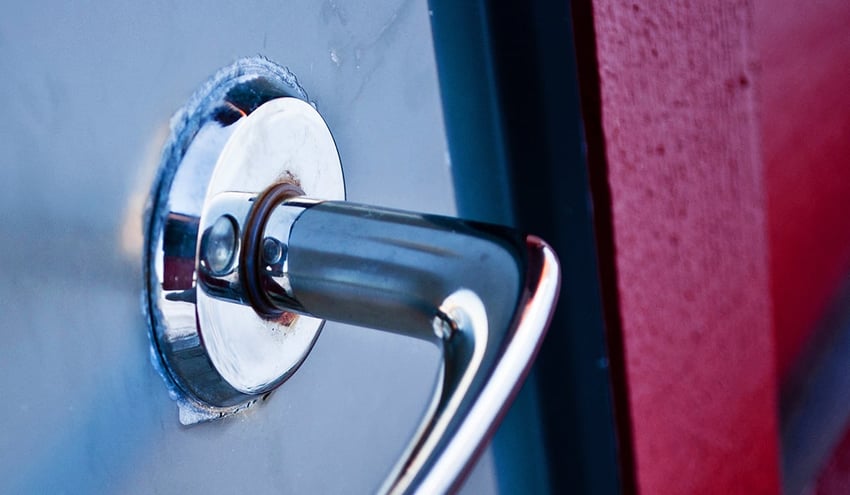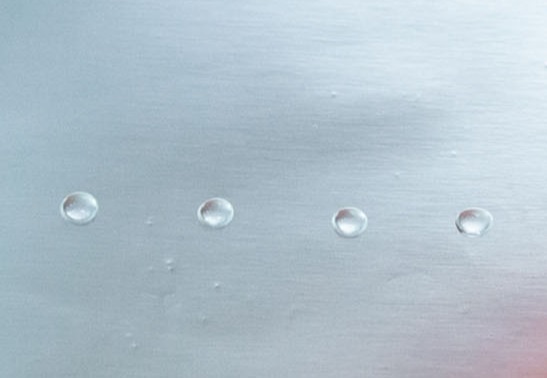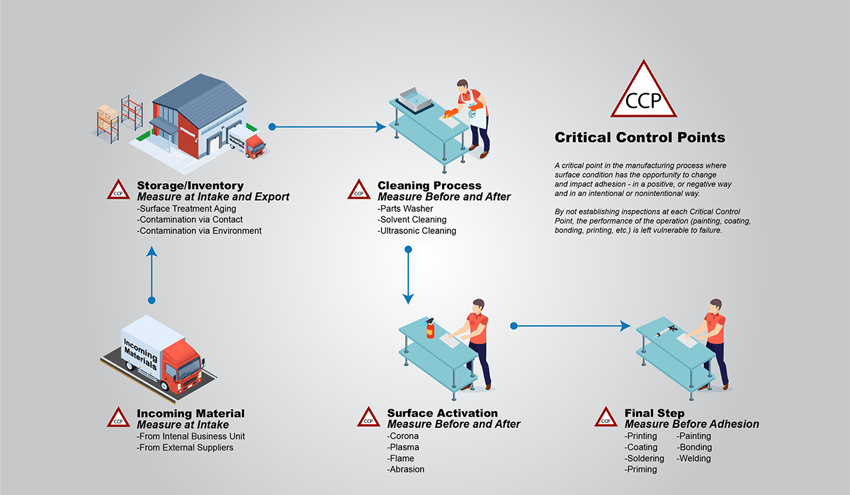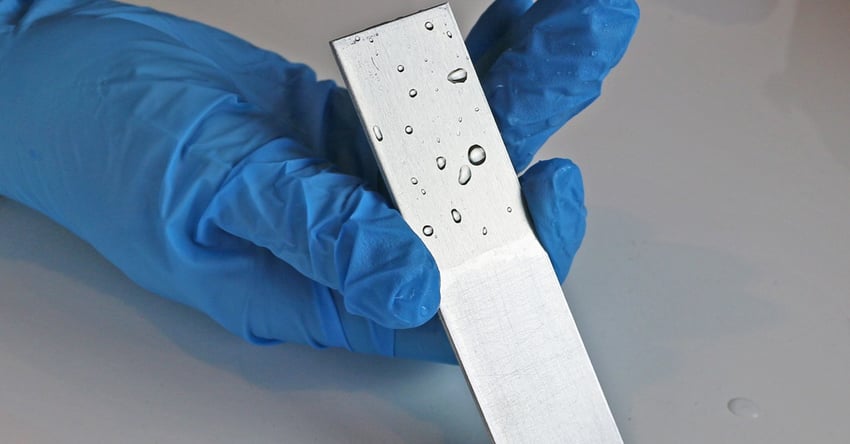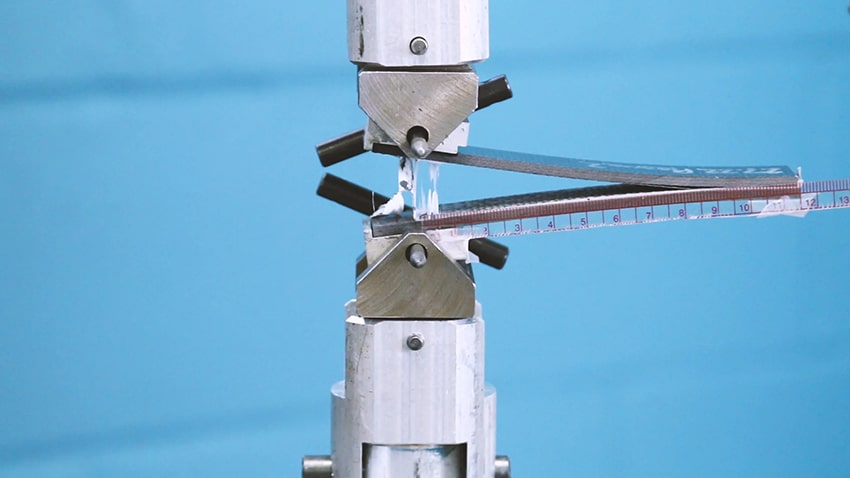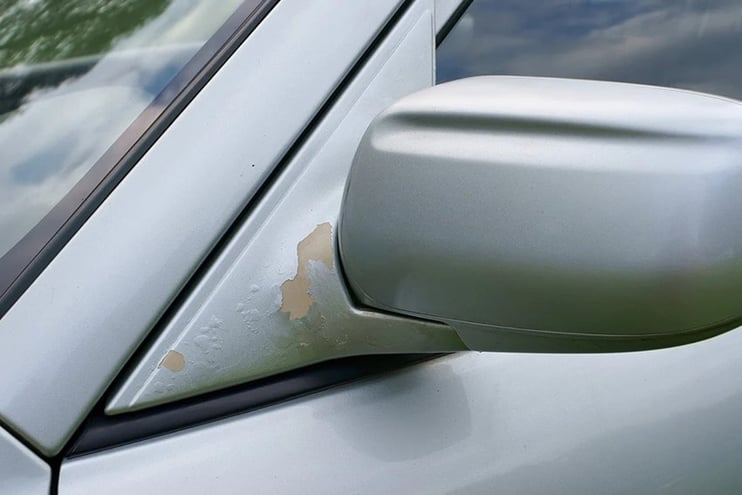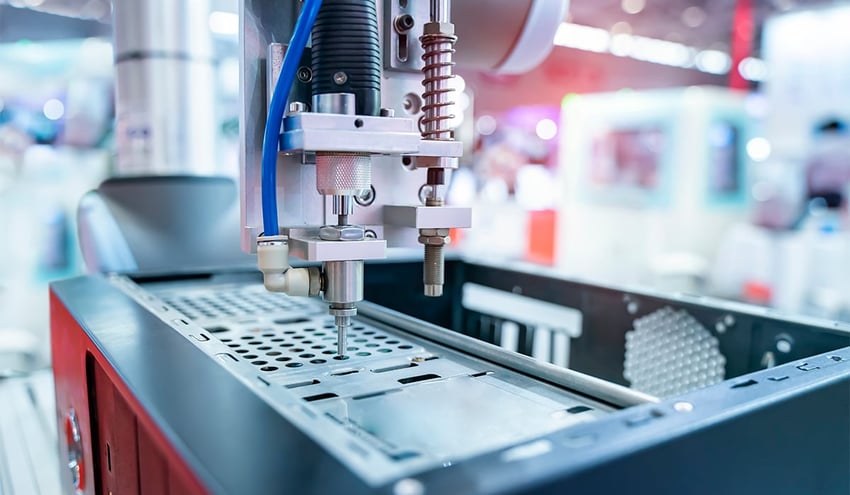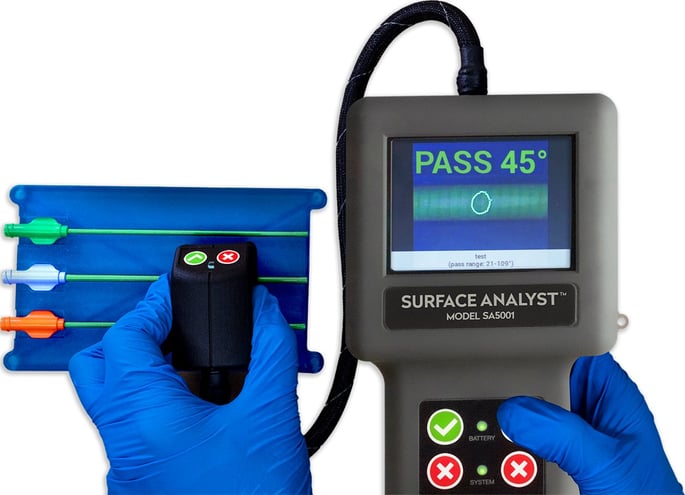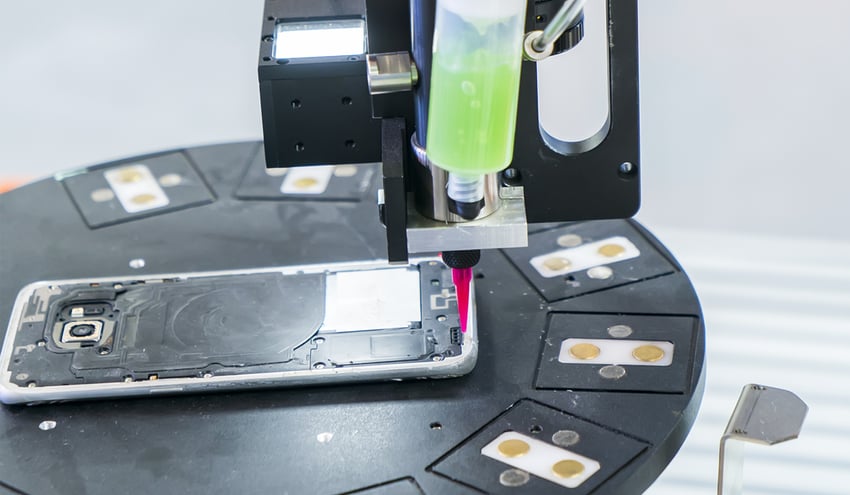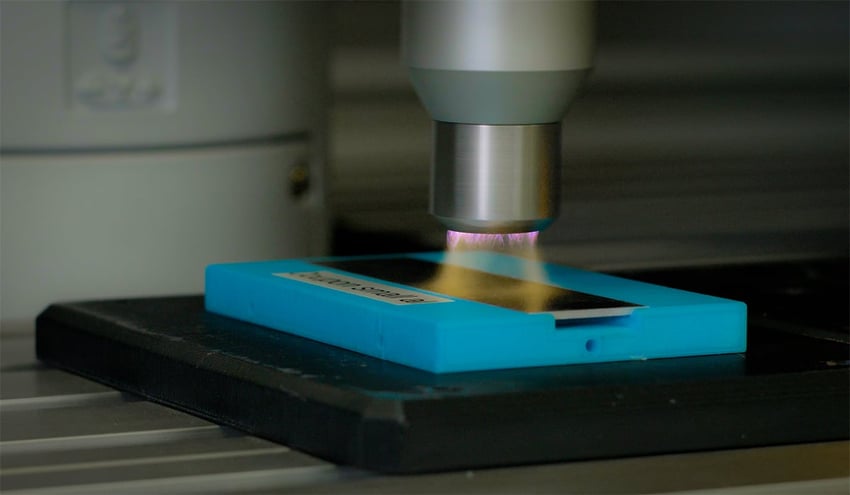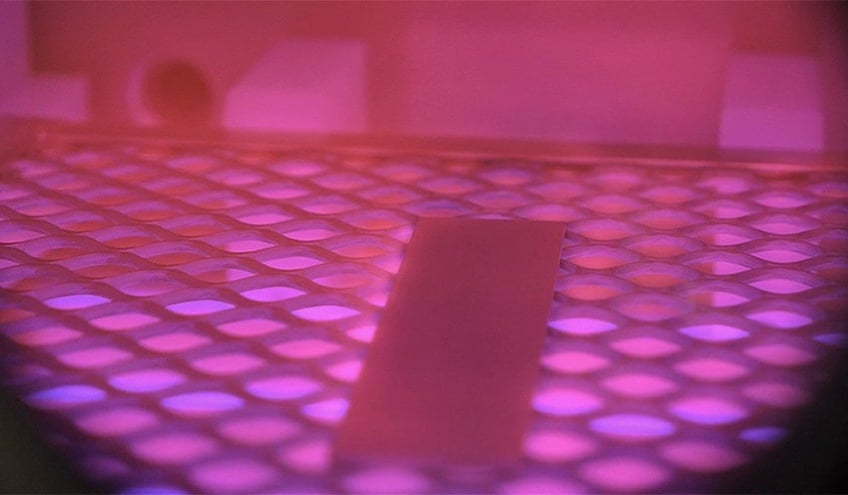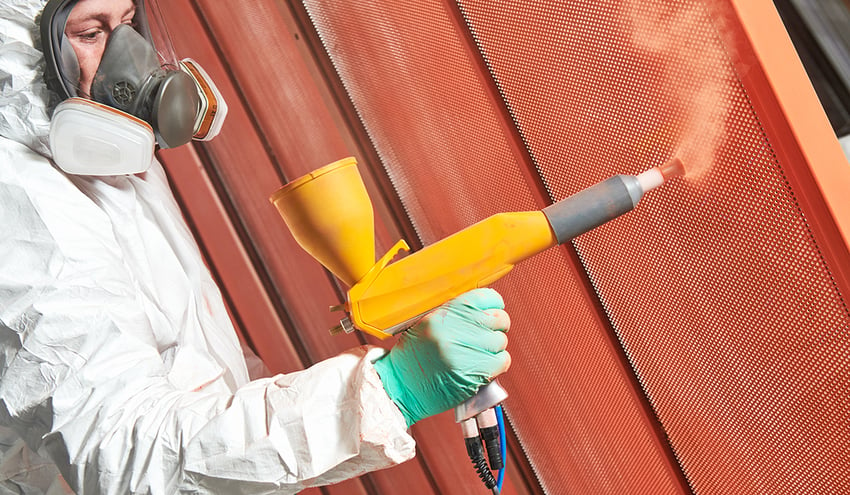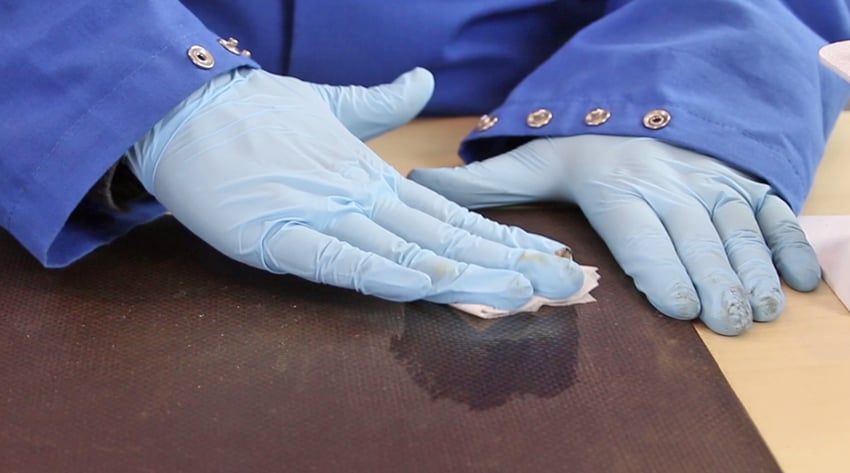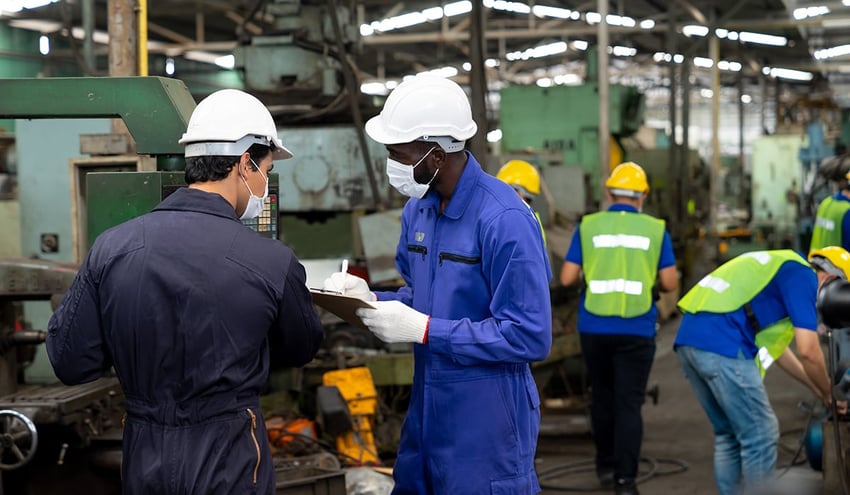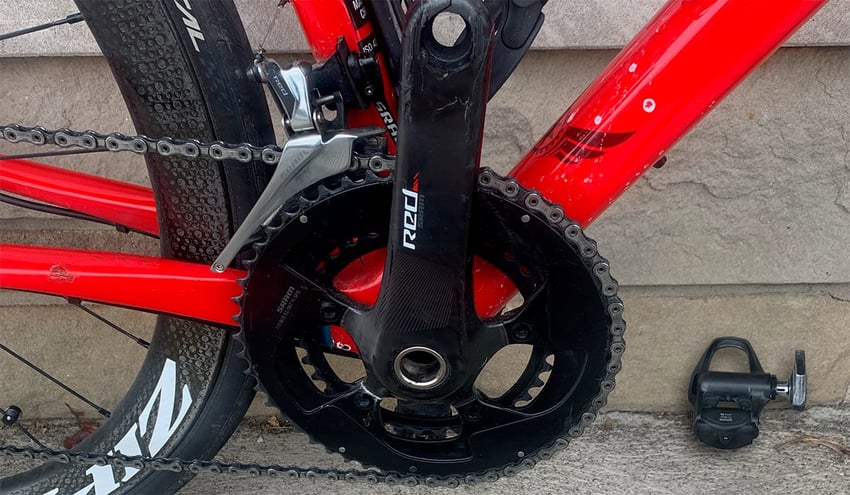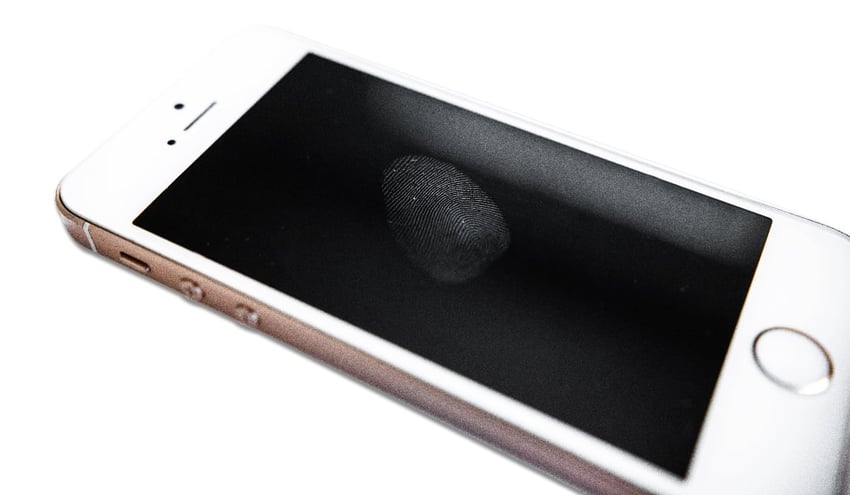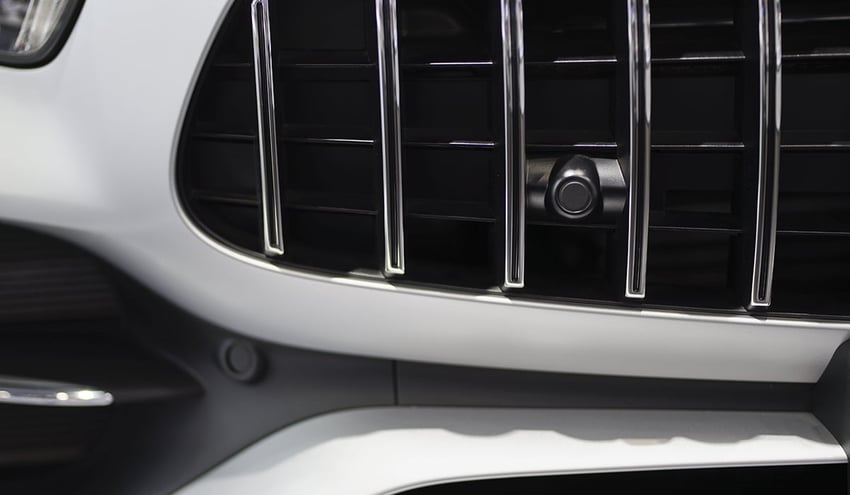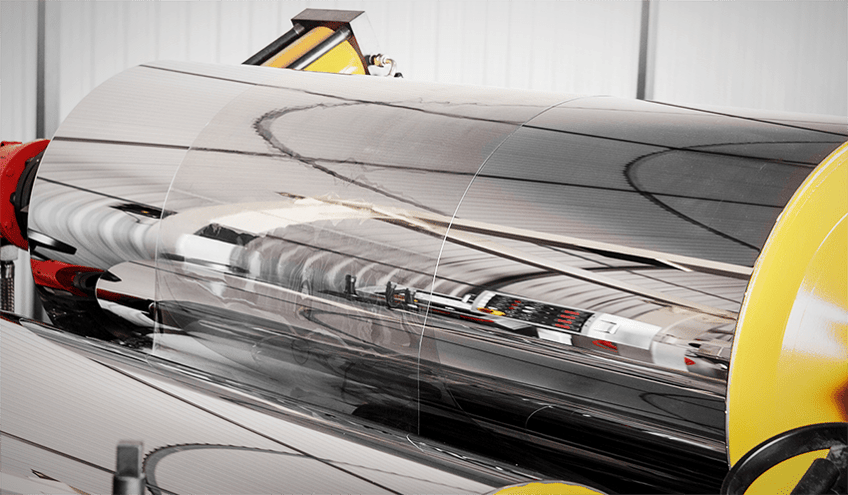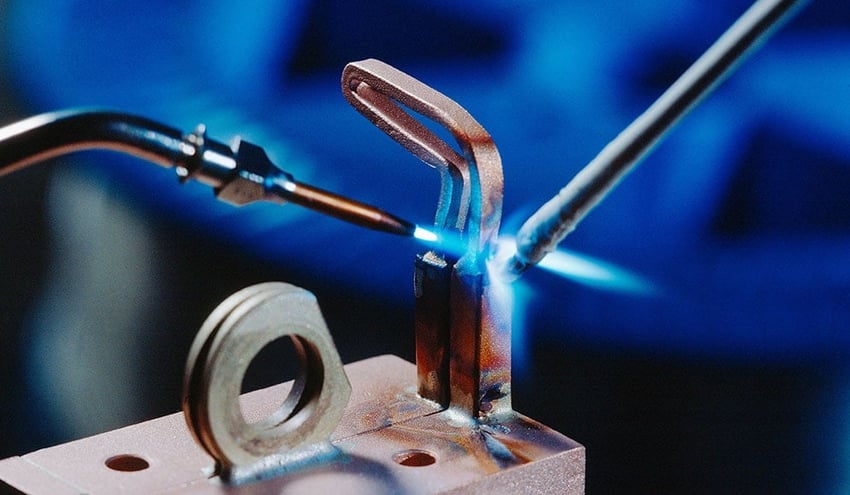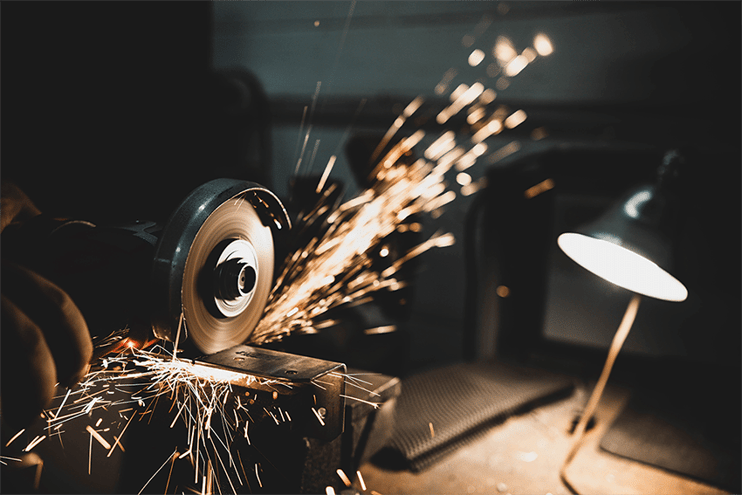Many manufacturers have a dual performance concern when their products are out there in the world being used in whatever capacity they were designed for. These parallel interests are: how to maintain the appearance and how to guarantee structural integrity through common usage of the products. These concerns seem obvious in consumer goods such as cell phones, shoes, appliances, and even vehicles. These all get used and abused and have to continue working as designed with little to no repair required. Normal wear and tear is a relatively subjective standard, but most industries have a quantifiable way of assessing how much stress their products should be able to take under normal circumstances.
These performance tests subject the assemblies to wear, scratch, and impact tests to gauge expected performance, meet consumer needs, and (sometimes) satisfy safety requirements. Manufacturers of bonded fiber-reinforced polymer doors are as well acquainted with these testing regimens as any manufacturer.
Making a good impression on someone always begins with the first one. The doors to buildings may seem innocuous to those of us who merely walk through them, but the manufacturers of these vital throughways have to think deeply about how to ensure these silent guardians of everything behind them meet intense safety standards and keep their appearance fresh over years and years of casual and consistent use.
A door isn’t just a door. Doors are precisely designed and meticulously tested mechanisms constructed of layers of materials bonded together and coated, all to protect what goes into the building they stand at the threshold of.
Manufacturers of doors face similar concerns as all other manufacturers of bonded assemblies. Questions of:
- What treatments and preparations do my materials need to bond well?
- Are there ways to predict outcomes before performance testing?
- How can I improve performance testing results?
- Where can I add value by cutting production costs?
- How can I extend the life of my product through corrosion protection and/or more resilient materials?
Rethink your adhesion manufacturing processes with Surface Intelligence.
Building Doors for Harsh Environments
Doors for educational, commercial, institutional, industrial, and municipal applications are in the unenviable position of being the first line of defense against the harshest weather, a vulnerable point for intrusion, and a target for extracurricular art projects (think of the graffiti on bathroom stall doors). Doors must be designed and built to withstand all of these harms and more.
Doors are found in every building structure, from schools and office buildings that need to withstand long-term sustained use to hospitals, laboratories, and food processing buildings that require their doors to be resilient to humidity changes, high moisture levels, harsh chemical interactions, and impermeable surfaces.
Door manufacturers have been building bonded composite doors since the 1980s. Responding to the need for versatile doors that are as strong as steel or aluminum but more impervious to corrosion, inventors got to work creating doors constructed of fiber-reinforced plastic (FRP). This material can be specially formulated with particular attributes that manufacturers of doors for various purposes might be interested in incorporating depending on the environment in which the doors will be found.
FRP can be used in thin yet extremely durable sheets, easily coated with protective finishes, and bonded in seamless shells around sound-dampening foam, such as polystyrene. It can also be used to build stile and rail doors that might include glass paneling in the center.
Performance Testing of Doors
Since doors need to be as strong as walls but as consistently useful as a kitchen sink faucet, they must be subjected to extreme testing to ensure that each aspect of the manufacture of the door is up to specifications, including but not limited to the bonded materials and coatings.
To determine if the doors have been built properly, they undergo a battery of testing as required by several regulatory agencies, such as ASTM International, ANSI (American National Standards Institute), the NFRC (National Fenestration Rating Council), and local and regional Testing Application Standards.
These standards can include 500 hours of salt spray exposure, 300-lb pull tests, blast tests, impact tests, and cycle tests in which a door is swung on a hinge literally millions of times.
These tests are critical in ensuring that the doors are powerful and safe enough for any high-traffic and/or harsh environment in which they might be used. But what if there was a way to ensure predictable outcomes of these tests and not just rely on the resiliency of the materials?
How to Ensure Your Bonded Materials Will Be Strong
To construct these multi-layered and multi-faceted doors, the panels, plates, and dissimilar materials are adhered to one another using resins and epoxies.
To ensure these structures are bonded properly, manufacturers need to control the same three elements fabricators using any adhesion process have to control:
- The composition of the adhesive, coating, ink, or paint
- The application and curing of the adhesive, coating, ink, or paint
- The quality of the bond surface
Since manufacturers have been working with these materials for decades, they understand the first two elements. Furthermore, if they are struggling with the adhesive itself or the deposition and curing process, they can easily consult the makers of the epoxies and coatings to get advice about best practices for using these components of the adhesion process.
The third element, however, is a trickier matter because this has not been widely understood among manufacturers for very long. There has always been a general consensus that a clean surface will promote a better bond, but that begs the question: what is clean? Additionally, how do you know when your surface is clean enough?
Creating quantifiably reliable bonds between the layers of material and the protective coatings on the doors' exterior would increase the factory's viable output and ensure more tests are passed, reducing scrap and rework. Even though the tests are strenuous, the everyday usage of these doors puts them through the wringer even more. The doors absolutely must not split at the seams or easily dent, no matter how many school children kick them or how many stretchers run into them. The paint on the doors needs to stay pristine since these finishes are often fire-retardant or chemically resistant, performing an extremely necessary safety function.
The quality of a bond surface refers to how clean and ready the material's surface is for bonding. In the case of FRP doors, the composite FRP needs to have a reactive surface that will form chemical bonds with the epoxy or paint and create a strong single unit.
Like many advanced materials, FRP needs to undergo a treatment process to alter the chemical composition of its surface before the adhesive or coating sticks properly. For door assemblies, this surface preparation is often done through a method called corona treatment.
Corona treatment is a highly precise technique that discharges high-voltage, high-frequency electricity from an electrode in a ceramic tube that runs the length of the treated material. This does an excellent job of creating a surface that is highly reactive and ready to bond. We call a surface that’s gone through this process chemically clean.
Manufacturers will use this technique to treat their surfaces, but unlike the testing the final product goes through, these newly clean surfaces may not be tested to ensure they are clean enough and ready to be adhered to. The assembly processes in these door factories are highly automated, and this can make surface quality testing difficult since, until recently, automated inspections of this kind weren’t available.
Any inspections of the chemical cleanliness of surfaces need to be able to perform a few particular functions:
- Your inspection device needs to be sensitive to the molecular-level changes that occur during treatment and cleaning.
- Your inspection device needs to provide a quantitative value of surface quality that allows you to see how close you are to the quality specifications.
- Your inspection device needs to be able to easily measure your materials directly on the production line, regardless of their shape or what phase of the assembly they’re in.
Revolutionize Your Manufacturing with Surface Quality Inspection Technology.
Measurement of surface quality is essential to getting the most out of the treatment and building more doors with the required strength and reliability. Using a precise value of exactly how strong your bonds will open the door to greater control over how well the final products will execute their function during performance testing.
To learn more about how to build an adhesion process that will increase the number of products that pass performance tests with flying colors and, in doing so, create less scrap and rework, download our eBook about the most fundamental issues manufacturers face daily. Read it now: "The Future of Manufacturing."

